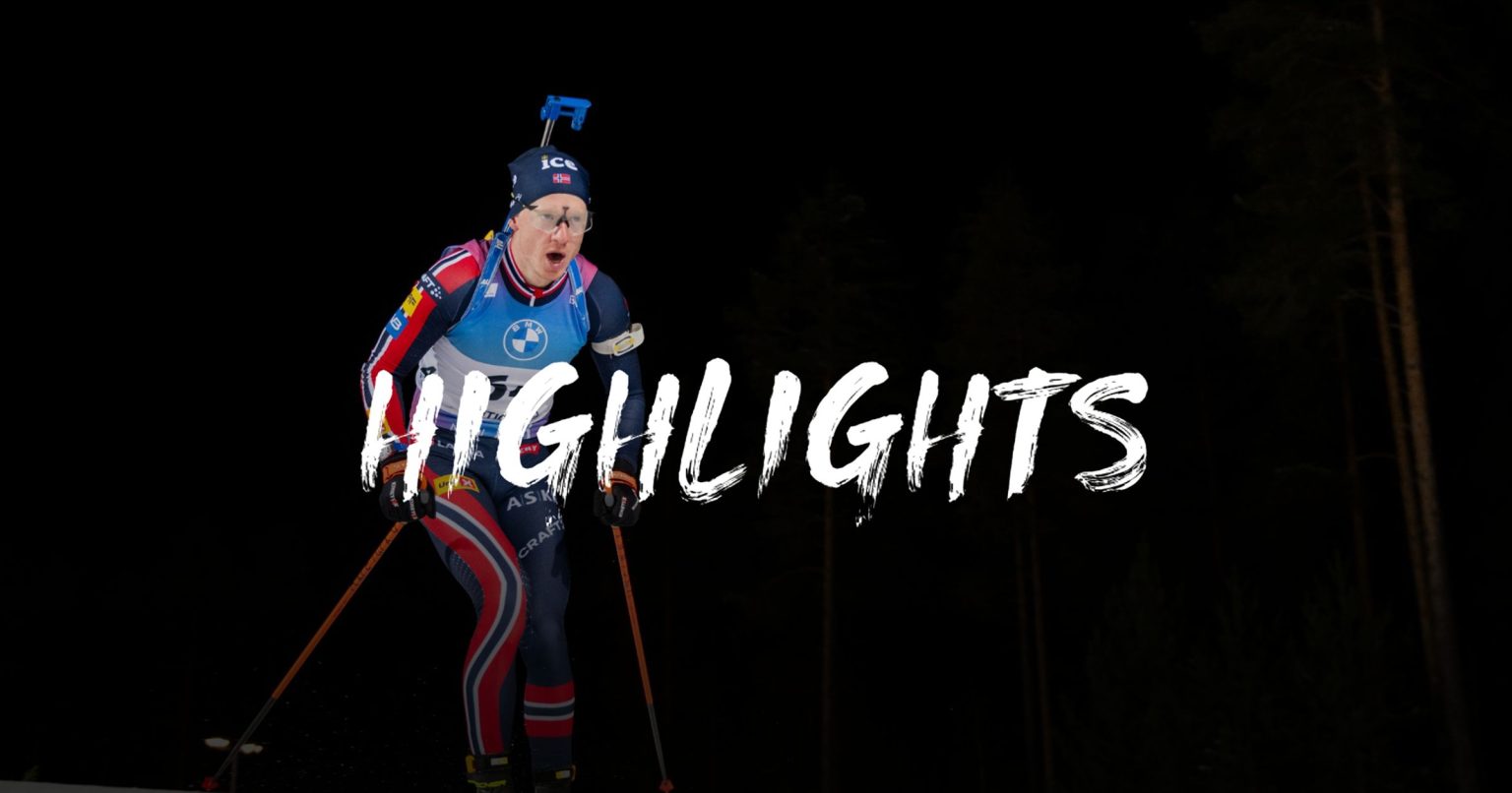The Kontiolahti 10km sprint, a thrilling display of biathlon prowess, unfolded with high drama and pinpoint accuracy. Emilien Jacquelin of France emerged victorious, showcasing a masterful combination of skiing speed and shooting precision. The demanding course, nestled in the Finnish winter landscape, tested the athletes’ physical and mental fortitude, requiring them to navigate challenging terrain while maintaining composure under pressure at the shooting range. Jacquelin’s performance was a testament to his dedicated training and unwavering focus, allowing him to outpace a field of world-class competitors and claim the top spot on the podium. The race set the stage for an exciting weekend of biathlon action, promising intense competition in the subsequent pursuit races.
Jacquelin’s victory was built upon a foundation of near-perfect shooting. Cleanly hitting all ten targets, he avoided the penalty loops that proved costly for many of his rivals. This shooting efficiency, combined with a blistering pace on the skis, allowed him to build an insurmountable lead. Other athletes, despite demonstrating remarkable ski speed, were hampered by missed shots, adding precious seconds to their overall times and ultimately preventing them from challenging Jacquelin’s dominance. The sprint format, with its emphasis on speed and accuracy, highlighted the importance of minimizing mistakes, turning even slight inaccuracies into significant setbacks. Jacquelin’s flawless execution in both disciplines set him apart and solidified his position as the day’s champion.
The challenging conditions of the Kontiolahti course added another layer of complexity to the race. The undulating terrain, coupled with the cold and often windy weather, demanded exceptional physical endurance and adaptability. Athletes had to manage their energy levels effectively, pushing themselves to the limit on the skis while conserving enough composure for the crucial shooting stages. Wind gusts proved particularly tricky, requiring subtle adjustments in aiming and breathing control, further amplifying the pressure on the competitors. The ability to adapt to these changing conditions played a significant role in determining the final standings, showcasing not only the athletes’ technical skills but also their mental resilience.
The race witnessed a diverse field of competitors, representing nations from across the globe, each vying for a place on the podium. Some experienced athletes delivered strong performances, reaffirming their established positions within the biathlon elite. Others, newer to the international stage, seized the opportunity to showcase their potential and make a mark on the world circuit. The Kontiolahti sprint provided a platform for these rising stars to test their skills against seasoned veterans, gaining valuable experience and exposure in the process. The mix of established names and emerging talent underscored the dynamic and evolving nature of the sport, promising exciting developments in future competitions.
Beyond Jacquelin’s triumph, the race unfolded with several compelling storylines. Close battles for positioning throughout the field kept the excitement levels high, as athletes fought tooth and nail for every second and every place. Dramatic shifts in the standings occurred as some competitors faltered at the shooting range, while others capitalized on their rivals’ mistakes to climb the ranks. These dynamic changes in fortune kept spectators on the edge of their seats, highlighting the unpredictable nature of biathlon and the importance of maintaining focus until the very finish line. Each athlete’s performance contributed to the overall narrative of the race, creating a tapestry of individual triumphs and setbacks that unfolded against the backdrop of the Kontiolahti wilderness.
The Kontiolahti 10km sprint served as a thrilling opening to the weekend’s biathlon events, setting the stage for the upcoming pursuit races. Jacquelin’s victory established him as the man to beat, but the close competition throughout the field suggested that the pursuit races would be equally contested and packed with drama. The starting positions for the pursuit would be determined by the time gaps from the sprint, adding another layer of strategic complexity. Athletes who performed well in the sprint gained a valuable advantage, starting the pursuit with a head start over their rivals. However, the pursuit format also offers opportunities for those who encountered setbacks in the sprint to recover and challenge for higher positions. The stage was set for an electrifying continuation of the biathlon action, with the pursuit races promising to deliver further excitement and unpredictable outcomes.


